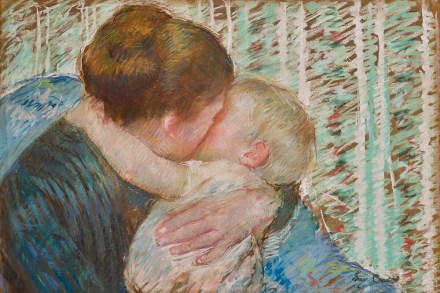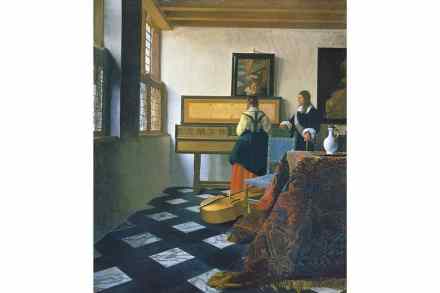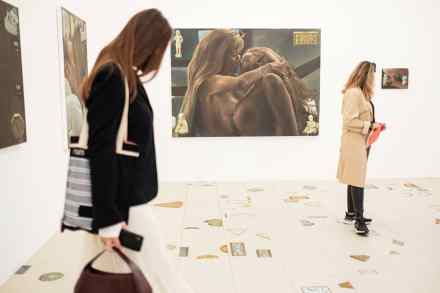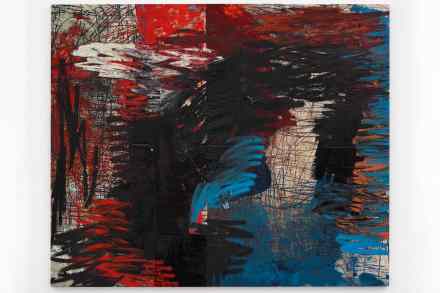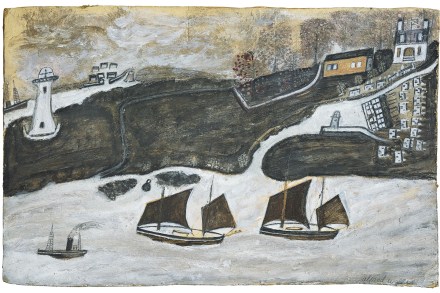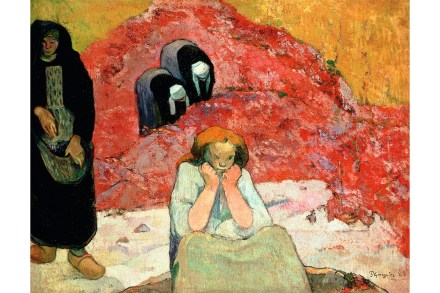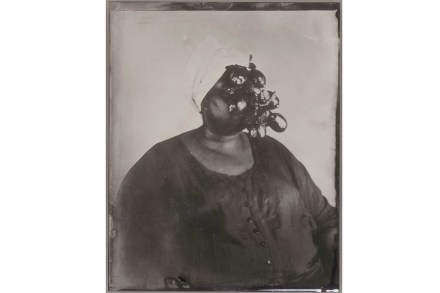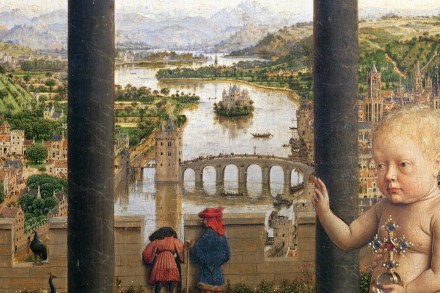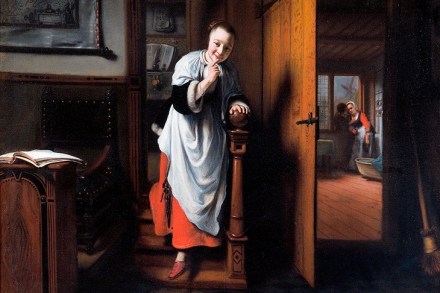Breathtaking: Mary Cassatt at Work, at the Philadelphia Museum of Art, reviewed
Work – in the sense of toil – is about the last thing a 19th-century painter wished to be associated with. Inspiration and success were gifts bestowed on the lucky few – about as easy to grasp as smoke. For Mary Cassatt, however, art was nothing more than work. ‘Effort upon effort,’ is how she described the process of painting to her friend, the collector Louisine Havemeyer. Pissarro admired her technical skill, Gauguin her charm and strength, but Degas was her true mentor Still, she produced almost 1,000 works in her lifetime, and Mary Cassatt at Work – a new exhibition at the Philadelphia Museum of Art – tells us
